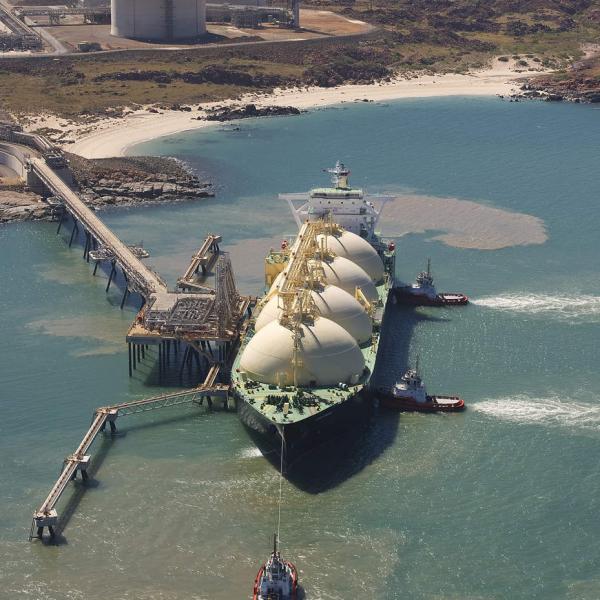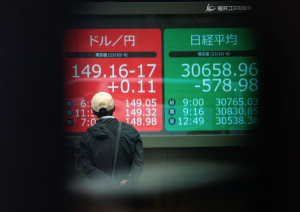Asian nations are among those reducing their orders of liquefied natural gas (LNG) in the face of a 500% price surge within a year.
While major producers fear the development could lead to long-term destruction of demand, others warn of an environmental disaster as poorer nations turn to polluting coal to supplement their energy fuel stocks.
LNG buyers, including numerous emerging economies in Asia, which accounts for 70% of all LNG use, are baulking at prices that have doubled just within the past month. A growing number of exporters in North America are straining to boost export capacity that will still take years to come online.
Natural gas is viewed as a more acceptable fossil fuel as growing economies like India, China and Pakistan try to reduce carbon emissions, because it burns more cleanly than oil and coal. But the surge in natural gas prices is prompting power providers to revert to coal and fuel oil and causing a rethink on new LNG investments in Southeast Asia, which was expected to be the heart of the fuel’s demand growth.

Within Asia a majority of long-term contracts are oil-linked. But South Asian countries such as India, Pakistan and Bangladesh – which together account for 20% of Asia’s imports – have a much higher exposure to spot LNG prices, which are currently at a record high of more than $50 per million British thermal units (mmBtu).
That’s raised alarm among developers in Southeast Asia, as analysts say plans for new LNG regasification terminals may now be delayed given the high LNG prices and after government budgets were stretched by costly Covid-19 outbreaks, a source familiar with contract negotiations said.
“New buyers are under a lot of pressure to justify signing contracts at these prices, so they have been slow to progress discussions,” said the source, who has noted a sharp fall in enthusiasm among potential buyers to even discuss LNG projects compared to a year ago. He declined to provide more details or be named due to the sensitive nature of the deals.
American Concern
For big US export terminal operators, rising prices were initially welcome. However, the volatility in costs makes it harder to sign additional long-term contracts and is a source of frustration, as they know that they will only be able to add incremental export capacity in the next year.
“We didn’t like the low and flat prices everywhere in the world of around $2 per mmBtu from a year ago, and I’m not sure what I dislike more with the very elevated prices we find ourselves in now,” said Anatol Feygin, chief commercial officer at Cheniere Energy Inc’s, the largest LNG exporter in the United States. “It is a manifestation of the markets not being very good at investing through the cycle.”

Lack of Investment
Asia’s newer buyers of LNG are more affected by price volatility than established importers, who are able to blunt the impact of higher spot prices by pooling those purchases with existing lower cost oil-linked deliveries, said Wood Mackenzie vice president Valery Chow.
“Rising LNG import bills are putting a severe strain on national budgets and [Bangladesh and Pakistan] are actively looking to switch away from gas in favour of lower cost alternatives, like fuel oil, for power generation,” Chow said.
Bangladesh has cut back on LNG imports, with September’s total dropping by 33% from the month before, Refinitiv Eikon shiptracking data showed. The country is also considering extending the leases of five oil-fired power plants and potentially increasing fuel oil imports.
Pakistan has been cancelling and re-issuing LNG tenders the past two months, and may consider relying on just term imports going forward, an industry source said.
There are signs of demand erosion in established buyers India and China. LNG imports into India are down 4.2% through September compared to the same period in 2020. In China, second-tier gas importers – mostly city-gas firms – are scaling back spot purchases.

In South Korea, Asia’s third largest importer, one buyer described the situation as “chaos.”
“The current market situation is not healthy to be in,” said Qatar’s Energy Minister Saad al-Kaabi on the sidelines of a virtual LNG conference in Japan. The country is the world’s largest LNG supplier, and has said it will boost output by about 40% to 110 million tonnes per annum by 2026.
If LNG prices extend their recent run up, cost-conscious buyers may have no choice but to pare back demand.
“With winter… and no sign of any softening in LNG prices, demand side management and ultimately power rationing may be a last resort,” said Chow at Wood Mackenzie.
• Reuters with additional editing by Mark McCord
Also on AF
Asia risks decarbonisation target upset as it bets on LNG over renewables
























